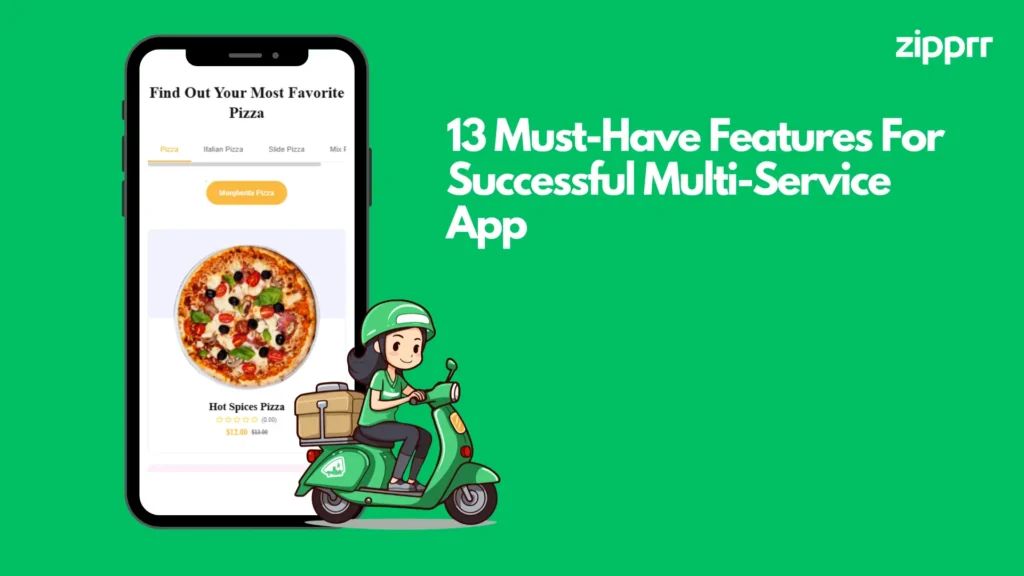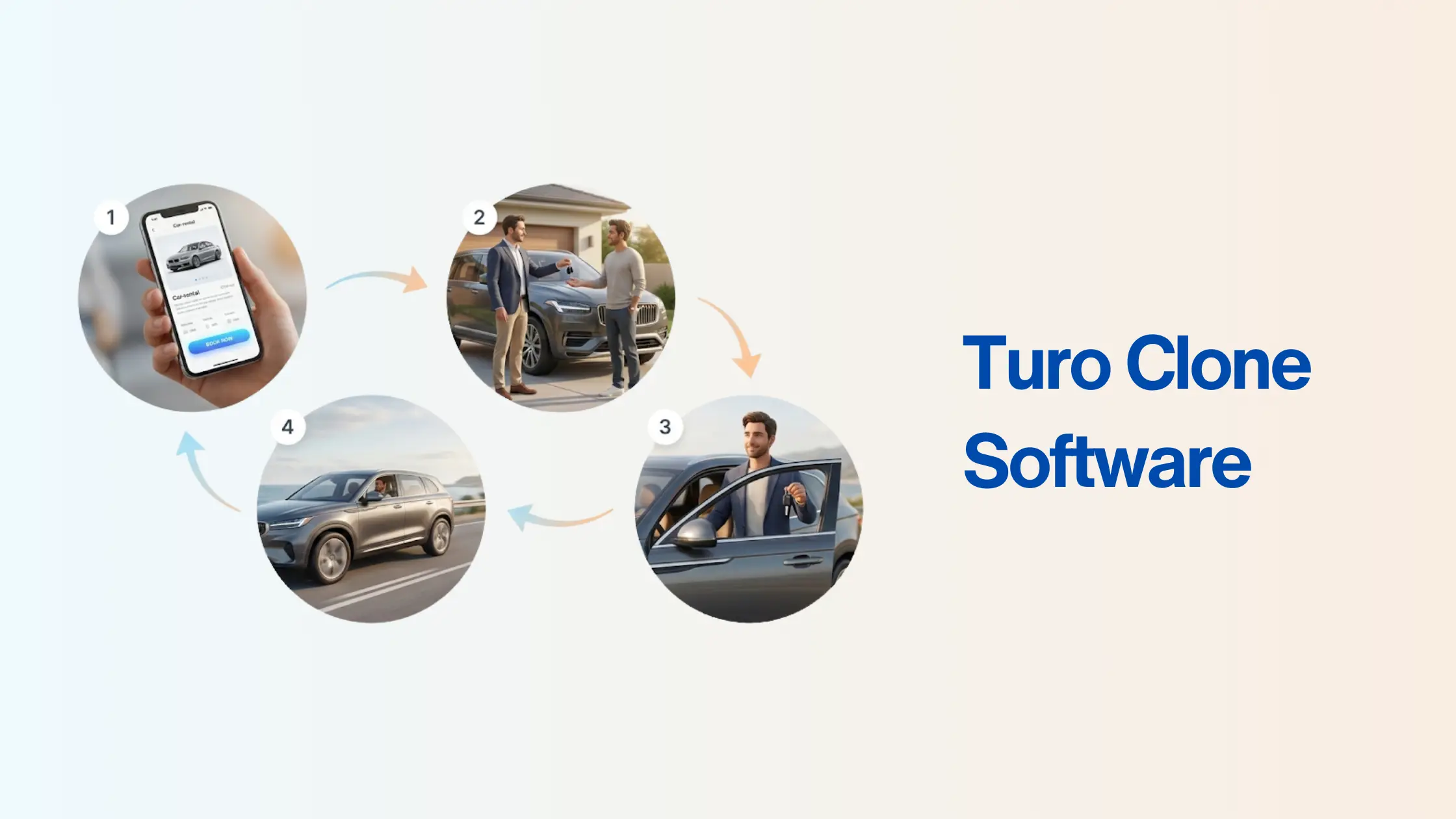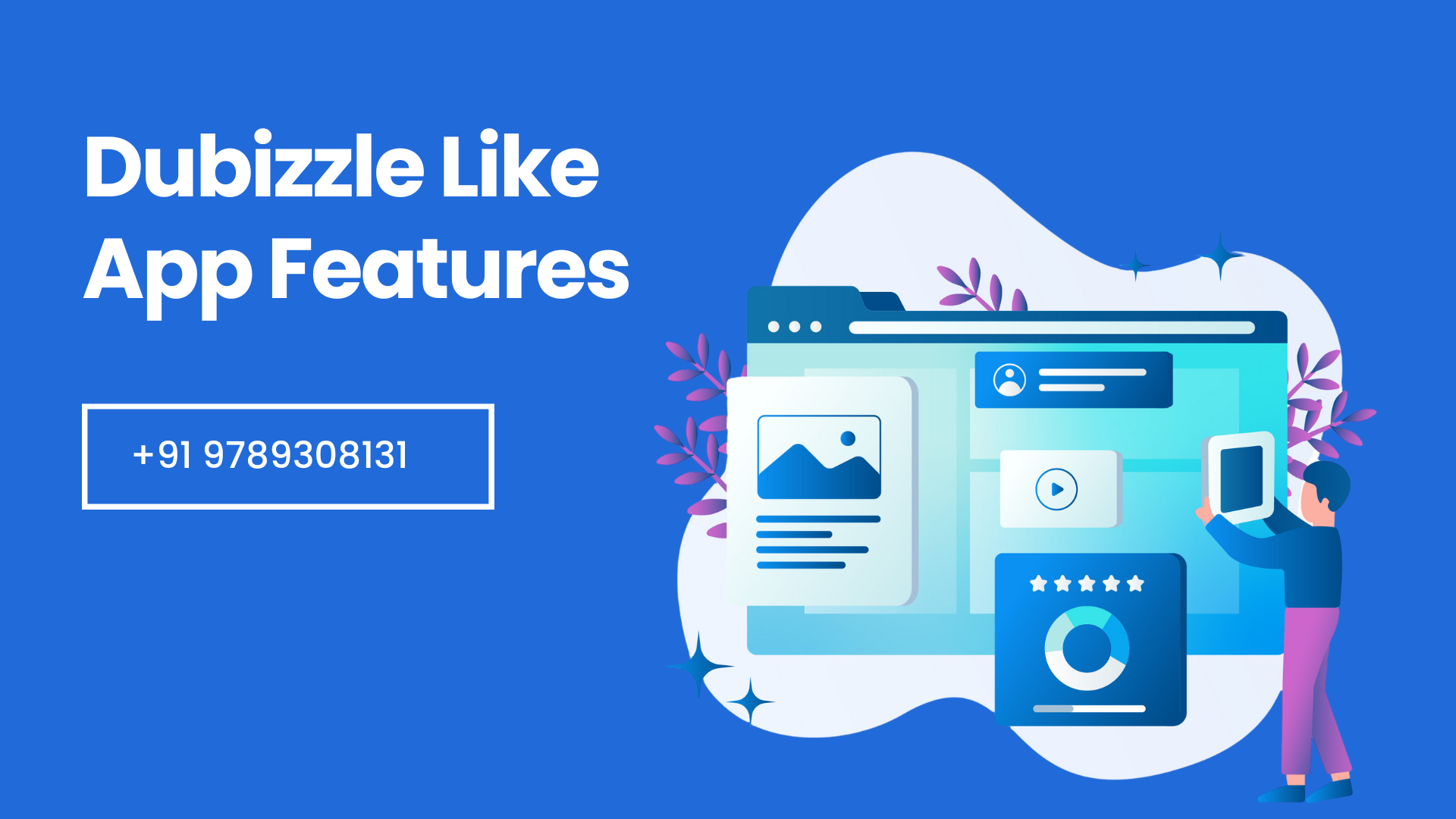The multi-service app market is set to hit $83.6B–$781.7B by 2029, driven by smartphone adoption and demand for convenience. Apps like Gojek succeed by merging ride-hailing, food delivery, and more into one platform. To compete, your app needs real-time tracking, secure payments, AI recommendations, and smooth UX. Here are 13 must-have features to build a winning multi-service app—delivering speed, reliability, and ease in a single tap.
Why Businesses Invest in Multi-Service Apps
1. Business Growth & Expansion
A multi-service app allows businesses to expand into multiple industries without developing separate apps. For example:
Gojek started as a ride-hailing app but now offers food delivery, digital payments, and even massage services.
Grab expanded from transportation to GrabFood, GrabMart, and GrabPay.
By offering diverse services, companies can attract a larger user base and increase brand loyalty.
2. Increased Revenue Streams
Instead of relying on a single income source, multi-service apps generate revenue from:
Service commissions (e.g., 20% per ride or delivery)
Subscription plans (premium memberships)
In-app advertisements (promotions from partner brands)
This diversified income model ensures steady profitability.
3. Enhanced Security & Trust
Users expect secure transactions when using apps for payments, personal data, and location tracking. Key security measures include:
End-to-end encryption
Two-factor authentication (2FA)
Fraud detection systems
A secure app builds trust and credibility, encouraging long-term usage.
4. Cost-Effective Solution
Developing one multi-service app is more economical than building multiple standalone apps for different services. It reduces:
Development costs (single codebase)
Maintenance efforts (unified updates)
Marketing expenses (one brand promotion)
This makes it a smart investment for startups and enterprises alike.
13 Features for a Multi-Service App
1. User-Friendly Registration & Profiles
A smooth onboarding process is crucial. Features should include:
Social media login (Google, Facebook)
OTP-based verification
Separate dashboards for users, service providers, and admins
Example: Uber allows quick sign-up via Google or Apple ID.
2. Real-Time GPS Tracking
Essential for ride-hailing, deliveries, and service tracking. Benefits:
Live location sharing
Estimated arrival times
Route optimization
Example: DoorDash shows real-time delivery tracking.
3. Multi-Payment Gateway Support
Users prefer flexible payment options, such as:
Credit/debit cards
Digital wallets (PayPal, Apple Pay, Google Pay)
Cash on delivery
Example: Grab supports GrabPay, cards, and cash.
4. In-App Chat & Call Support
Direct communication improves customer satisfaction. Features:
Encrypted messaging
Voice/video calls
Automated responses for FAQs
Example: Airbnb allows hosts and guests to chat within the app.
5. AI-Based Recommendations
Personalization enhances user experience. AI can:
Suggest services based on past behavior
Predict demand surges
Optimize pricing dynamically
Example: Netflix-style recommendations for food or ride options.
6. SOS & Emergency Alerts
Safety features are critical for ride-hailing and home services. Options:
Emergency button for instant help
Location sharing with trusted contacts
Automated alerts to authorities
Example: Uber’s “Share Trip Status” feature.
7. Ratings & Reviews System
Builds trust and accountability. Features:
Star ratings
Written feedback
Vendor response options
Example: Amazon’s review system for sellers.
8. Push Notifications
Keeps users engaged with:
Order updates
Exclusive offers
Service reminders
Example: Zomato sends alerts for discounts.
9. Dynamic Pricing & Discounts
Adjusts prices based on demand, time, and location. Benefits:
Surge pricing during peak hours
Flash sales to boost orders
Example: Uber’s surge pricing model.
10. Multilingual & Multi-Currency Support
Essential for global expansion. Features:
Language localization
Currency conversion
Example: Airbnb supports 62 languages.
11. Advanced Analytics Dashboard
Helps businesses track:
User behavior
Revenue trends
Service performance
Example: Shopify’s merchant analytics.
12. Service Provider Management
Efficient vendor onboarding includes:
Profile verification
Performance tracking
Payout systems
Example: Swiggy’s restaurant partner dashboard.
13. Seamless Admin Panel
For order management, dispute resolution, and support. Features:
Real-time monitoring
Automated reports
Example: Admin panels in delivery apps like Postmates.
Profitable Business Models for Multi-Service Apps
1. Commission-Based Model
Earns a percentage per transaction (e.g., 15-30% per ride or delivery).
Used by Uber, DoorDash.
2. Subscription Model
Recurring revenue from premium memberships (e.g., free deliveries, discounts).
Example: Amazon Prime, Rappi Prime.
3. Freemium & Advertising Model
Free basic services + paid upgrades.
Ad revenue from promoted listings.
Example: Waze’s local business ads.
Conclusion
The multi-service app industry is rapidly evolving, and integrating these 13 must-have features can set your app apart. From real-time tracking and AI recommendations to dynamic pricing and robust security, each element plays a vital role in ensuring user satisfaction and business success.
If you’re looking for a ready-made solution to fast-track your multi-service app launch, consider Zipprr’s Multi-Service Delivery Solution. With pre-built, customizable features, Zipprr helps you launch quickly, reduce development costs, and scale efficiently—just like industry leaders such as Gojek and Uber.







